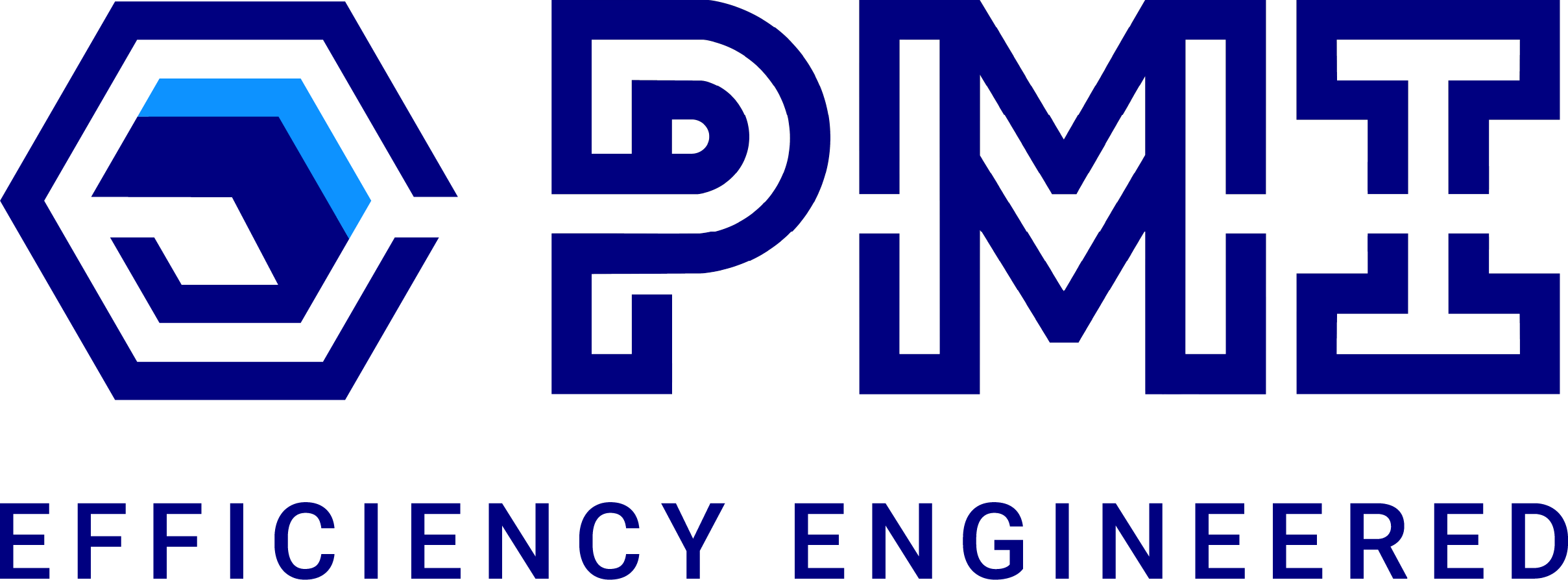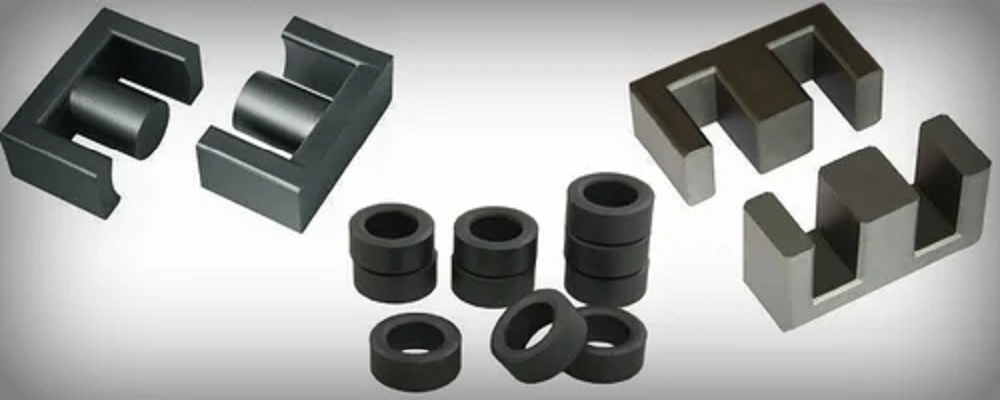Objectives of the Engagement
The primary objectives of the association were:
- To analyze the operational work in detail with the help of PMTS (Predetermined Motion Time System), Time Study, and Production Study methods in scope areas.
- To create work standard procedures and standards that would direct uniform and effective performance of tasks on the shop floor.
- To calculate the correct cycle times for processes, review current manpower deployment, and measure the actual operating capacity of the plant.
- To discover and remove Muda (waste) and non-value-added (NVA) activities and thus simplify operations and enhance throughput.
- To utilize available resources in the most effective way possible, to enhance the efficient use of manpower and machinery
- To make feasible suggestions for process enhancement, reduction of fatigue, and planning optimization based on findings from data analysis.








